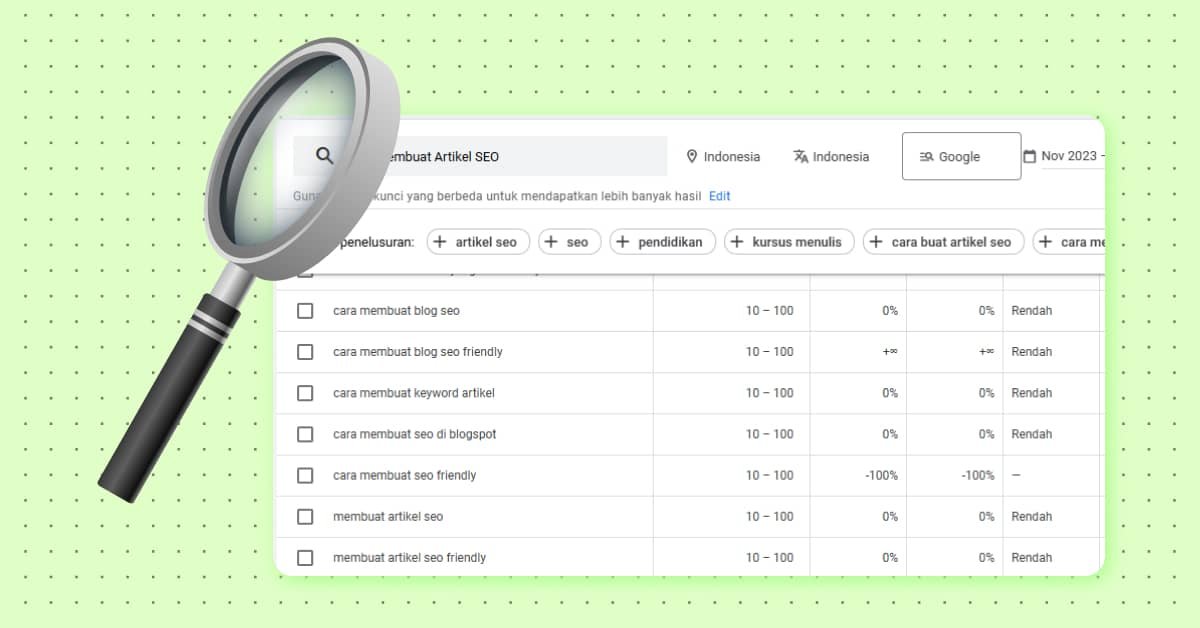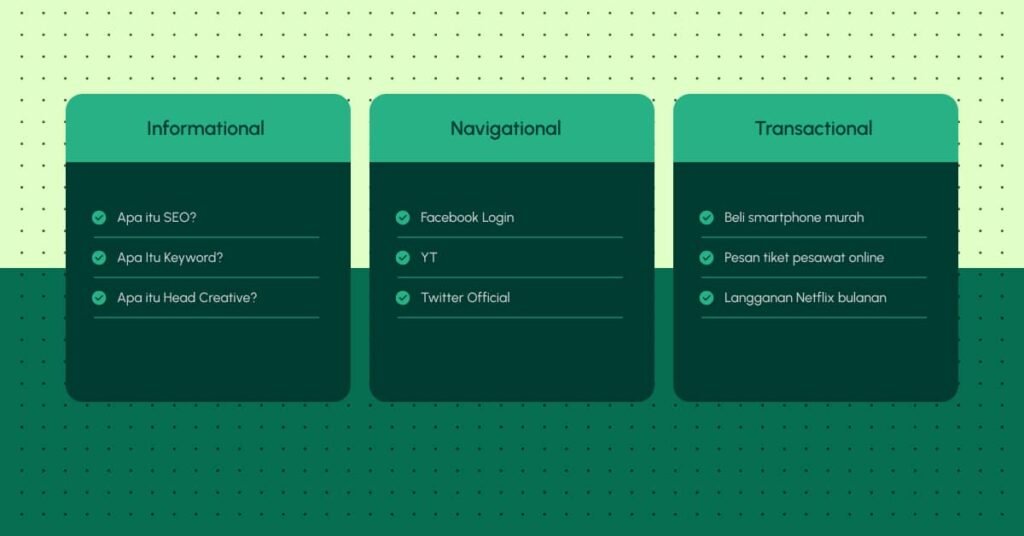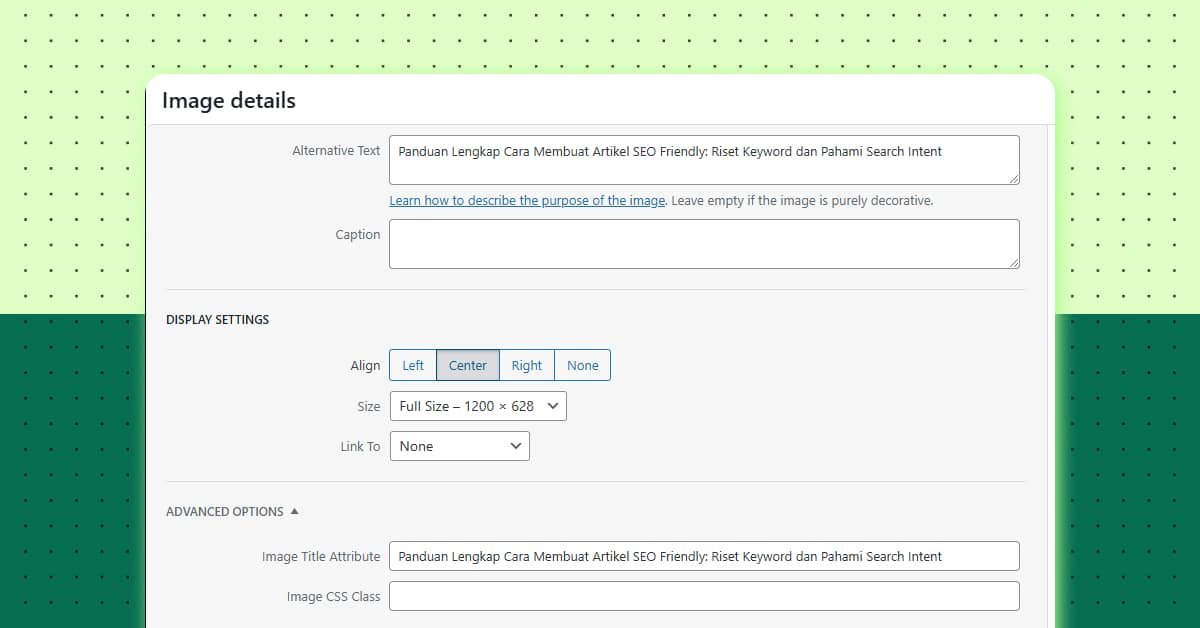Want to know how to create SEO-friendly articles to boost your rankings on Google? Follow this comprehensive guide! From keyword research to content optimization techniques, everything is summarized to help you create articles that are easier to find on Google, increase traffic, strengthen your brand, and keep your audience engaged longer.
Why Are SEO-Friendly Articles Important?
As search engine algorithms evolve, creating SEO-friendly articles becomes essential for making your content stand out among thousands of others. For writers or website owners, understanding basic SEO techniques helps tackle the increasingly competitive digital landscape. SEO-friendly articles drive more traffic, enhance reader engagement, and strengthen your site’s credibility in the eyes of your audience.
Preparation Steps: Keyword Research and Understanding Search Intent
Keyword Research
Keyword research is the foundation of all SEO strategies. It helps you discover the words and phrases your target audience frequently searches for. Relevant keywords make your articles easier to find and align with readers’ expectations.
To conduct keyword research, use tools like Google Keyword Planner, Ahrefs, SEMrush, or Ubersuggest. For example, if you’re writing about “how to create SEO-friendly articles,” these tools can suggest related keywords like “how to write SEO articles,” “SEO article optimization,” or “improving article ranking on Google.” Choose keywords with a reasonable search volume and manageable competition.
Tips for Keyword Research:
- Focus on long-tail keywords that are more specific and have lower competition.
- Avoid keyword stuffing or excessive keyword usage. This can reduce readability and make your content feel unnatural.
Understanding Search Intent
Search intent refers to the reason behind the keywords users search for. Understand the purpose behind their searches: are they looking for information, tutorials, or specific products? By understanding search intent, you can provide relevant content that meets your audience’s needs.
Types of Search Intent:
- Informational: Users seek information, e.g., “what is SEO.”
- Navigational: Users look for specific pages or sites, e.g., “Facebook login.”
- Transactional: Users are ready to make a purchase, e.g., “buy cheap laptops.”
Tailoring Articles to Match Search Intent
Understanding search intent helps you determine the article’s perspective and appropriate structure. For articles with informational intent, focus on presenting data, facts, and clear guides. Delivering content aligned with search intent not only keeps readers engaged but also strengthens your article’s position in search results.
SEO-Friendly Article Structure
In the world of SEO, a well-structured article isn’t just about aesthetics—it’s a crucial factor that influences search engine rankings. From titles to supporting media, here are the essential elements that make your article both SEO-friendly and reader-friendly.
Title (H1)
The title is one of the most impactful elements in on-page SEO. A compelling title that includes the primary keyword can significantly improve the click-through rate (CTR) in search results. Ensure the title directly reflects the article’s content and stays relevant to current trends. For instance, “A Complete Guide to Creating SEO-Friendly Articles” clearly conveys the main topic while appealing to potential readers by its timeliness.
Subheadings (H2, H3)
Using subheadings such as H2 and H3 is crucial for organizing content in a way that is easy for readers to navigate. Subheadings not only help readers quickly locate the information they’re looking for but also assist search engines in understanding your content hierarchy. Each subheading should ideally include supplementary keywords that support the main keyword, written naturally.
Benefits of Subheadings in SEO-Friendly Articles:
- Reader Accessibility: Subheadings make it easier for readers to find specific information without needing to read the entire article.
- Content Clarity: Search engines can better understand your article’s main topics and important sections, increasing the likelihood of ranking higher in search results.
Short Paragraphs and Bullet Points
Readers prefer short, digestible paragraphs, especially in today’s digital age. Additionally, bullet points or numbering can help present information succinctly. Articles that are informative yet concise not only enhance the reader’s experience but are also favored by search engines for providing clear value.
Example of Bullet Points for an SEO-Friendly Article:
- Conduct keyword research before writing.
- Ensure content aligns with audience search intent.
- Strategically use internal and external links.
Supporting Media (Images, Infographics)
In addition to text, supporting media such as images or infographics can enrich your content and help explain complex concepts more engagingly. However, it’s essential to optimize these media assets to be SEO-friendly. Add alt text to images to help search engines understand the visual content and improve your article’s visibility in image search results.
Examples of Using Supporting Media:
- Images: Use relevant, high-quality images to clarify the content.
- Infographics: Present complex data visually to make it more comprehensible.
By following this structure, your article will appeal to both readers and search engines. A well-organized structure and relevant supporting elements enhance the reader’s experience, encourage them to spend more time on your site, and help your article climb higher in Google search rankings.
Read Also: Types of Backlinks: Dofollow, Nofollow, Sponsored & More
On-Page Optimization for SEO Articles
Optimizing on-page SEO is a crucial step in creating articles that are both easy to find by search engines and engaging for readers. Below are key on-page optimization elements you can implement to improve your article’s ranking in search results.
Meta Description
A meta description is a brief summary of the article’s content. While it doesn’t directly impact rankings, a well-crafted meta description can increase the click-through rate (CTR) when it appears in search results. Ensure your meta description is informative, contains the main keyword, and is not too long—ideally around 155 characters.
Example Meta Description: “Learn how to create effective SEO-friendly articles in 2024. Follow this complete guide to boost your rankings and attract more readers.”
Tips for Writing an Effective Meta Description:
- Use the main keyword at the beginning of the sentence, if possible.
- Write a clear and compelling sentence to entice readers to click.
- Keep it concise; descriptions longer than 155 characters may be truncated in search results.
Use Unique Images and Add Alt Text for SEO Optimization
Using Unique Images
Images are a vital component of SEO-friendly content. Each image you use should be unique and not duplicated from existing content on the internet. Unique images not only enhance visual appeal but also add value for readers, making your content more engaging and authentic. Additionally, distinctive images are more likely to be indexed by search engines, increasing the chances of your article appearing in image search results.
Add Alt Text to Every Image
Alt text (alternative text) for images helps search engines understand visual content and is crucial when images fail to load. Alt text also enhances accessibility by assisting readers using screen readers or those with visual impairments.
Example of Alt Text for an Image: “A diagram showing the structure of an article with titles, subheadings, and well-organized content.”
Benefits of Using Alt Text:
- SEO-Friendly: Alt text helps search engines recognize and index images.
- Accessibility: Improves the experience for readers using screen readers.
- Targeted Content: Enables images to appear in image search results, expanding audience reach.
Internal and External Linking
Internal and external links play a significant role in SEO optimization. Internal links guide readers to more relevant content on your site, increasing their time spent on your site. External links to credible sources boost your article’s credibility, enhancing its authority in the eyes of search engines.
How to Use Internal and External Links Effectively:
- Internal Links: If you have related articles, such as “How to Conduct Keyword Research,” use internal links to direct readers to that content. This makes it easier for readers to discover other relevant content on your site.
- External Links: Reference trustworthy websites or articles to support your content, such as “Google’s Search Quality Evaluator Guidelines.” Relevant external links can improve the credibility of your article.
Focus on User Experience (UX)
SEO isn’t just about keyword usage or technical optimization—it’s also about providing a great experience for your readers. Google increasingly prioritizes content that delivers a positive user experience, which includes:
- Readability: Use clear language, short paragraphs, and simple sentences. Overly long articles with dense paragraphs can discourage readers.
- Page Load Speed: Ensure that articles and images are optimized for fast loading. Slow-loading pages often lead to higher bounce rates, negatively affecting SEO.
- Responsive Design: Make sure your website is mobile-friendly and easily accessible across devices, as most users now access content via smartphones.
Using Latent Semantic Indexing (LSI) Keywords
In addition to primary and secondary keywords, incorporating LSI keywords can enrich your content without repeating the main keywords excessively. LSI keywords are contextually related terms or phrases that help search engines better understand the topic of your article.
Examples of LSI Keywords for “How to Create SEO-Friendly Articles”:
- “optimizing articles for search engines”
- “boosting article rankings on Google”
- “basic SEO techniques”
Distribute LSI keywords naturally throughout the article to add variety without appearing repetitive.
Optimizing Article URLs
SEO-friendly URLs can influence article rankings in search engines. Short URLs containing the main keyword perform better than lengthy, complicated ones.
Tips for SEO-Friendly URLs:
- Keep URLs short and relevant.
- Avoid unnecessary numbers or special characters.
- Include the main keyword, such as:
https://examplesite.com/how-to-create-seo-friendly-articles
Using Schema Markup
Schema markup or structured data is code that helps search engines understand your page content. By using schema markup, your content can appear as rich snippets in Google search results, which are often more eye-catching to users.
Examples of Schema Markups:
- Article Schema: For news or blog articles.
- FAQ Schema: Perfect for content with a question-and-answer format.
- How-to Schema: Ideal for tutorials or step-by-step guides.
Using schema markup increases the chances of your content appearing in enhanced formats, like FAQ or how-to snippets, in Google search results.
Developing a Continuous Content Strategy (Content Refresh)
Regularly updating content increases its chances of ranking higher. Optimized, refreshed SEO-friendly articles signal search engines that your content remains relevant and informative.
How to Perform Content Refresh:
- Add new data or statistics, especially for articles related to current trends.
- Update the publication date if significant changes or additions are made.
- Conduct periodic content audits to ensure all links are active and information is accurate.
Optimizing Call-to-Actions (CTAs)
Every article should include a clear Call-to-Action (CTA) to guide readers toward a specific action, such as exploring other articles, leaving a comment, or sharing the content. Effective CTAs enhance reader engagement and increase session duration, positively impacting SEO.
Examples of Effective CTAs:
- “Don’t forget to check out our other articles on improving content engagement.”
- “Did you find these tips helpful? Share this article on your social media to help others!”
- “Want to learn more? Subscribe to our newsletter for the latest SEO tips!”
Building High-Quality Backlinks
Backlinks, or links from other sites to your article, enhance its SEO authority. The more credible sites link to your content, the higher its chances of ranking well on search engines.
How to Get Quality Backlinks:
- Guest Posting: Write articles for other relevant sites and include a link back to your content.
- Directory or Forum Listings: Share your articles on relevant directories or forums.
- Reach Out to Bloggers or Influencers: Ask them to link to your article if they find it valuable for their audience.
Finalizing and Publishing the Article
Review Content and Check for Plagiarism
Ensure all content is original and free from plagiarism. Plagiarism not only harms credibility but may also result in ranking penalties by search engines. Use plagiarism-check tools like Grammarly or Copyscape to confirm your content’s originality.
Use SEO Tools
Tools like Yoast SEO (for WordPress users) can help check whether your article is fully optimized for SEO. These tools provide suggestions on keyword usage, meta description length, and keyword density. Additionally, track article performance using Google Analytics after publishing.
Final Step: Monitoring Performance
Once published, it’s crucial to monitor your article’s performance using tools like Google Analytics. Track metrics such as bounce rate, average time on page, and engagement rate to evaluate whether your article meets audience needs.





